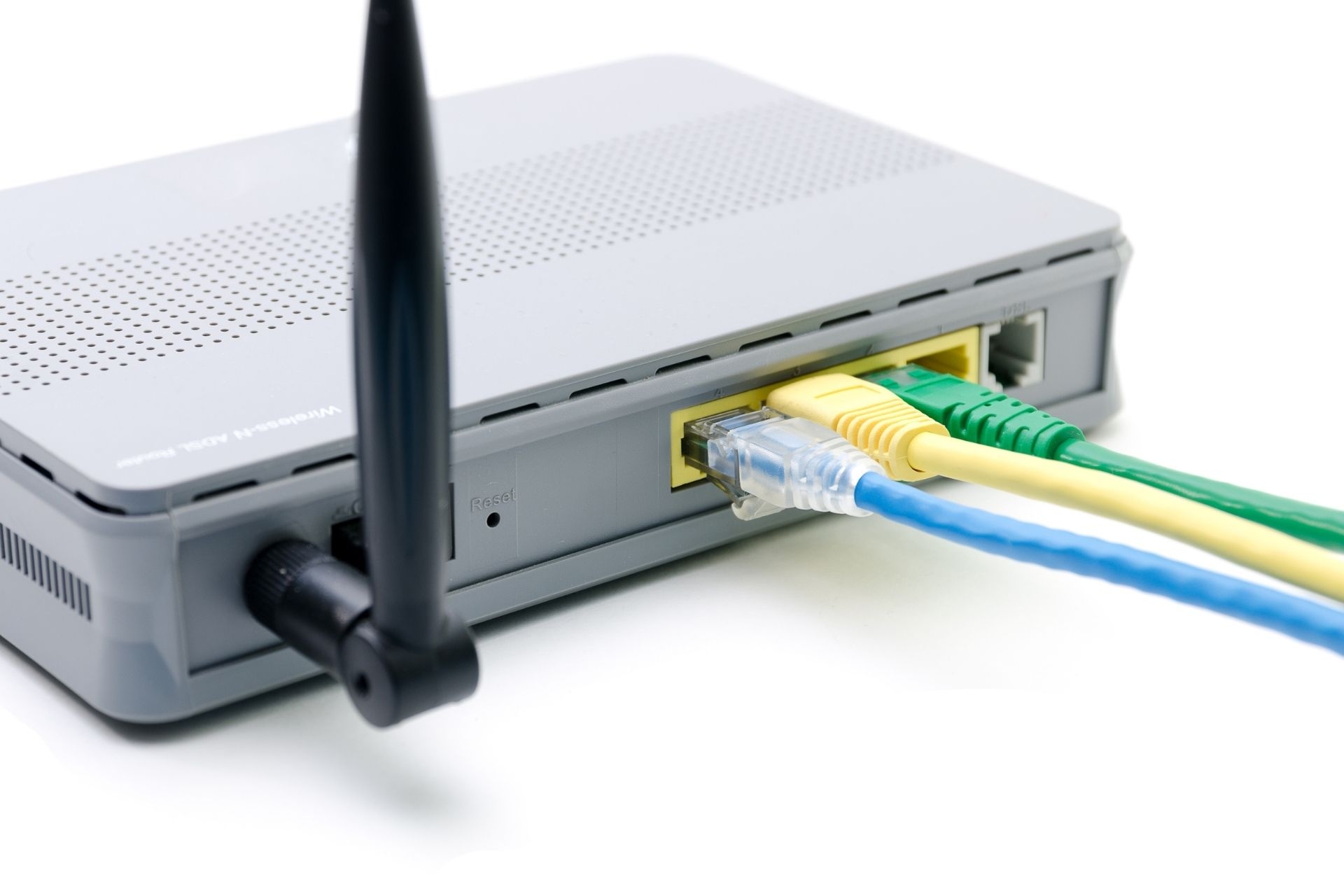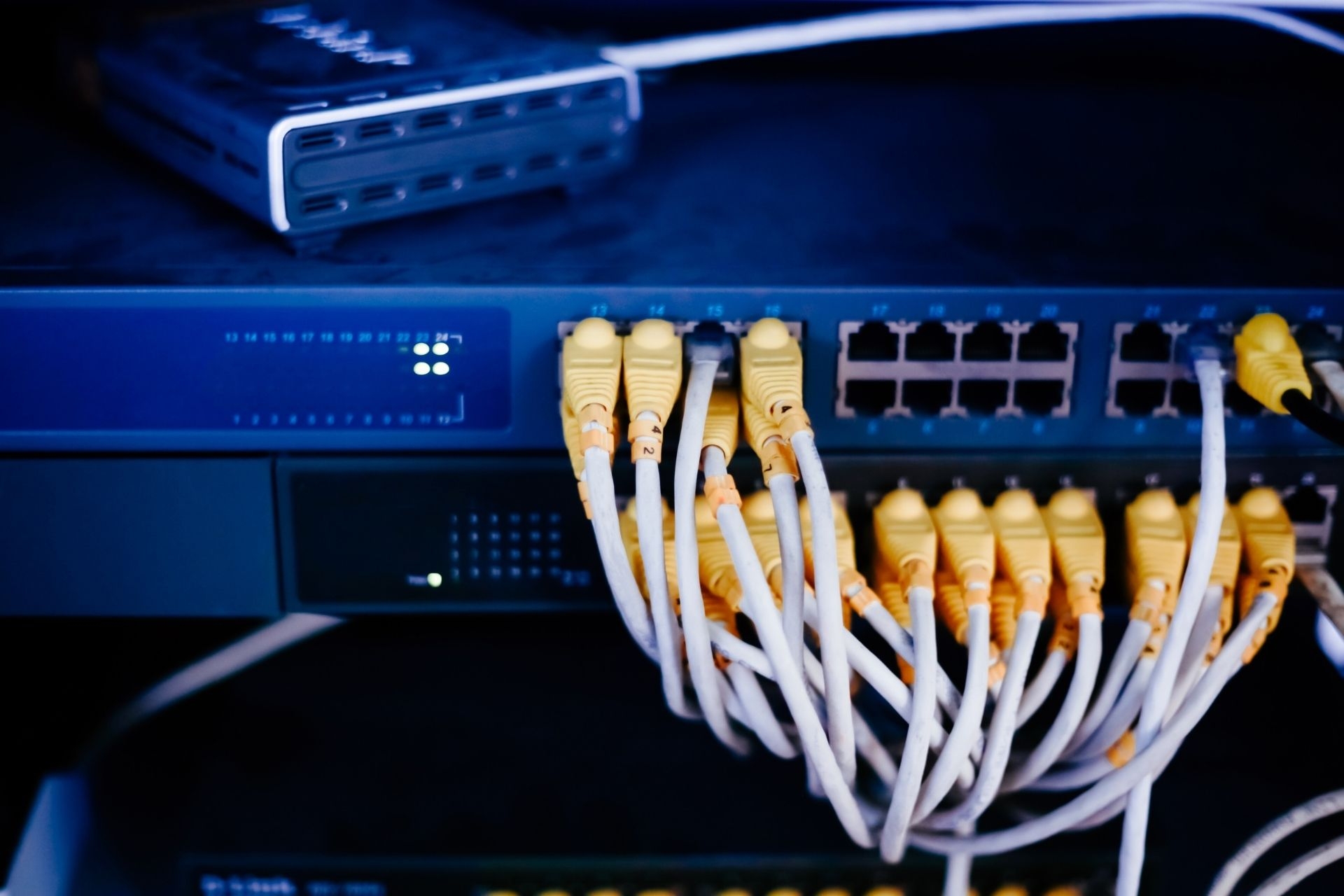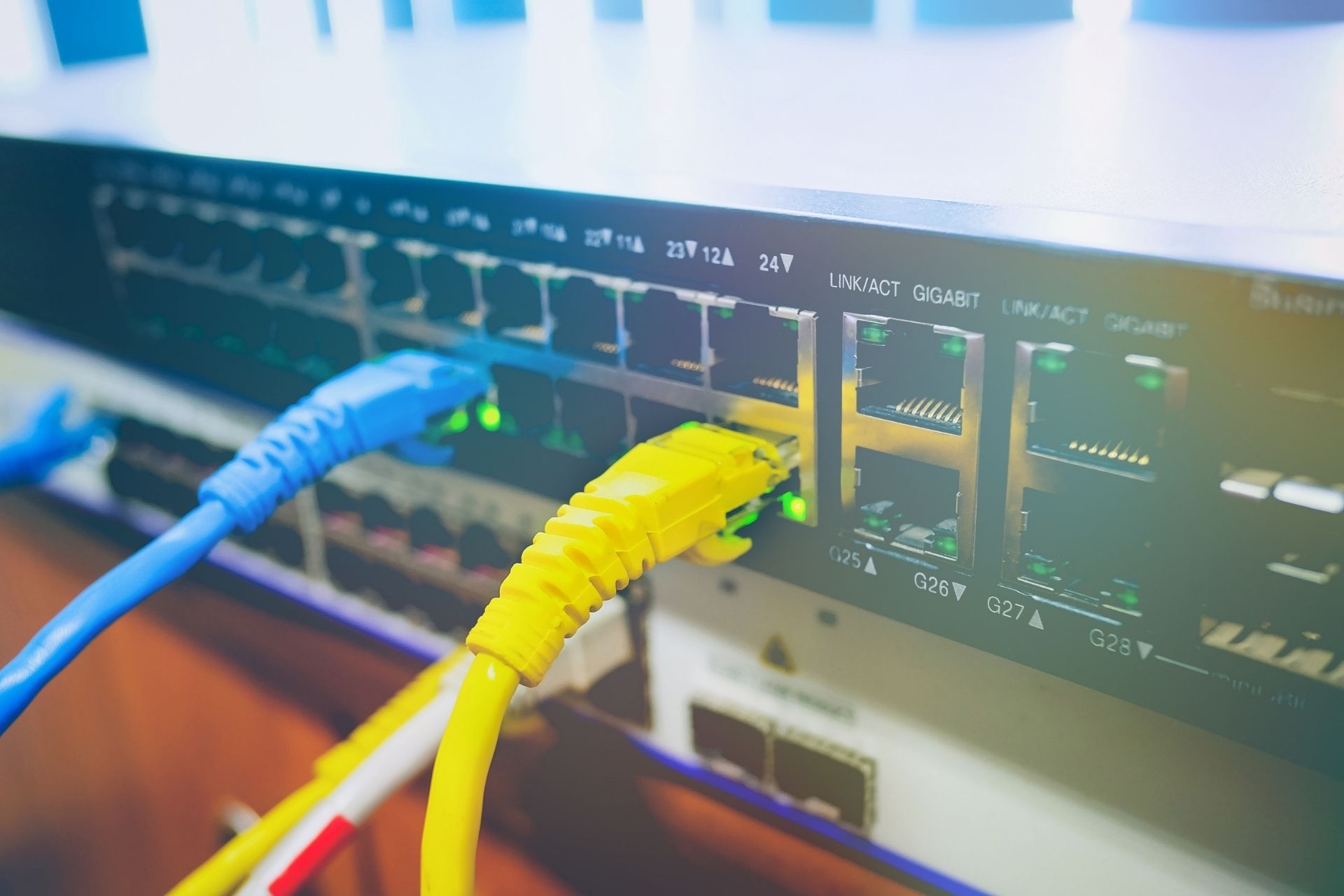Peering Policies
What is the difference between settlement-free peering and paid peering agreements?
Settlement-free peering refers to the exchange of traffic between two networks without any financial compensation involved, based on the principle of mutual benefit. On the other hand, paid peering agreements involve one network paying another for the exchange of traffic. Settlement-free peering is typically seen as a more equitable and cost-effective way for networks to interconnect, while paid peering agreements may be necessary in cases where one network has significantly more traffic to exchange.




